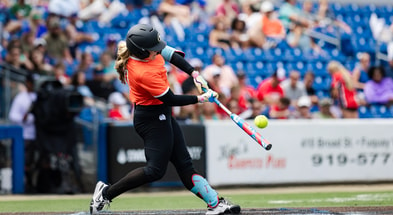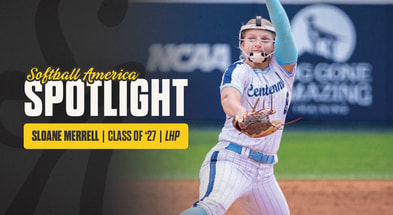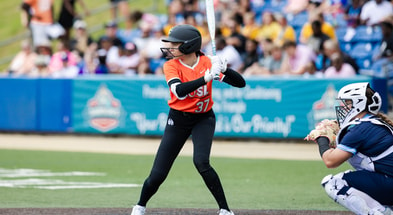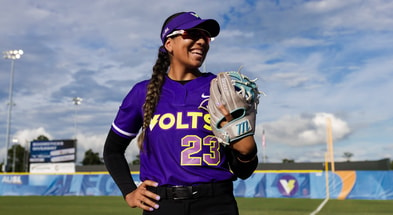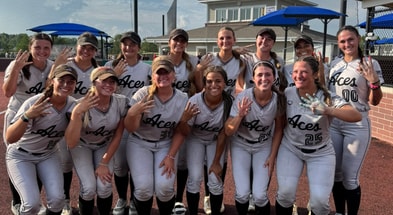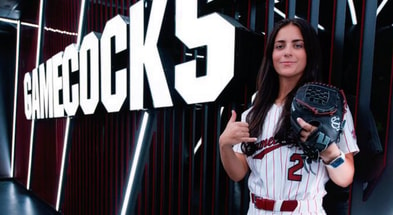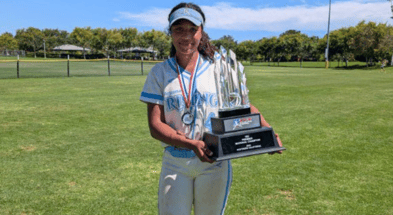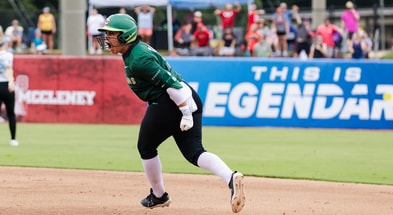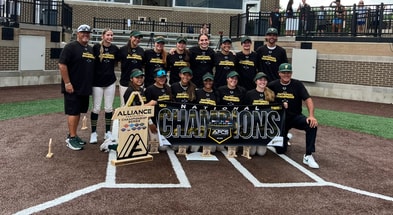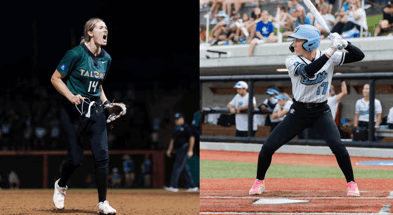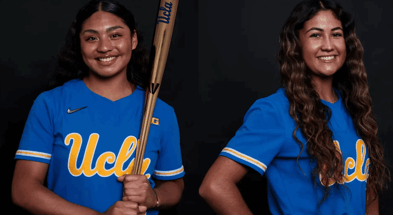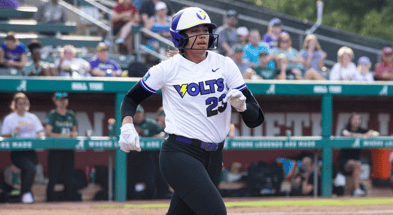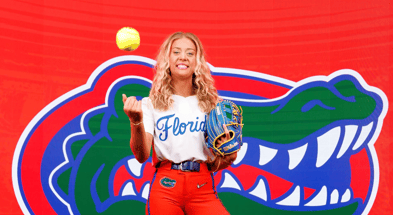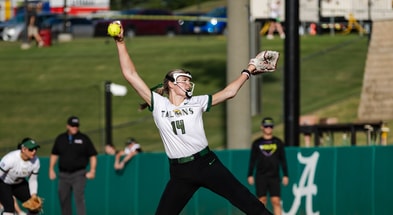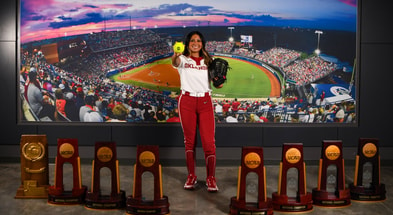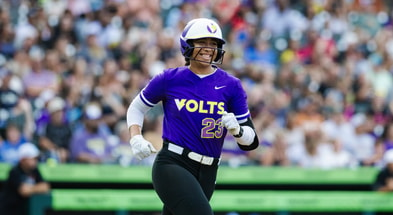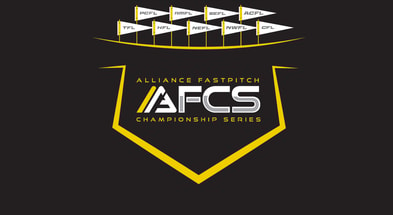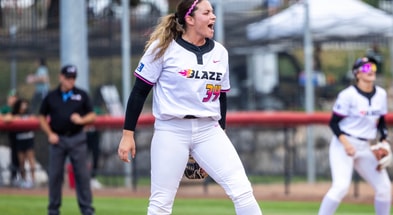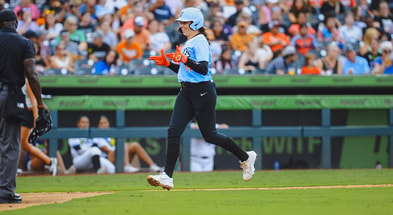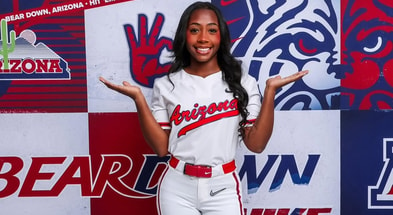Takeaways from College Softball Committee Chair Kurt McGuffin comments
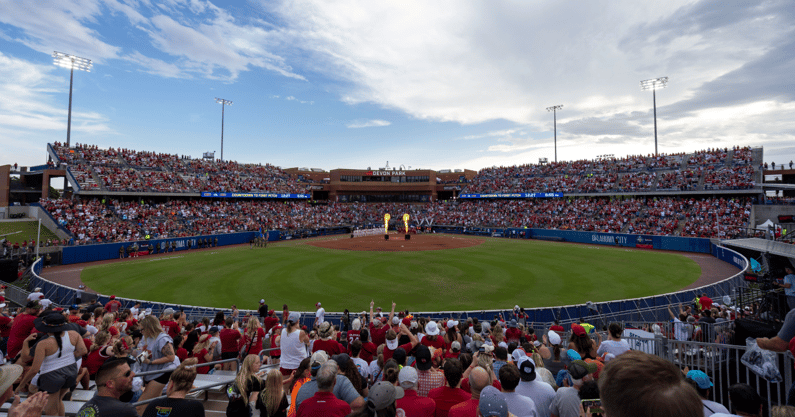
After the 2025 NCAA Division I College Softball Bracket was unveiled on Sunday, Softball Committee Chair Kurt McGuffin answered questions from the media about the Field of 64. Here are our takeaways.
The Final College Softball Hosting Seed
One of the biggest surprises of the night was Oregon hosting over Virginia Tech as the 16 seed despite the metrics we typically see used; RPI, quad-one wins (RPI teams 1-25), wins versus RPI Top-10, strength of schedule, non-conference strength of schedule and quad-three and four losses, favoring the Hokies.
McGuffin talked through the decision that the teams had the same number of quad-one wins and quad-four losses. However, Oregon’s five quad-one wins were all Top-10 RPI wins, while Virginia Tech only had one Top-10 RPI win, which is totally understandable.
McGuffin also highlighted the Ducks’ winning percentage against the Top-50 RPI teams being over 80%, which is a great number. The Hokies had a 64% However, Oregon had nine wins against teams ranked 35-50 in the RPI. Virginia Tech was 3-0 versus teams 35-50 in the RPI.
The Hokies were victimized by the fact that the teams they beat weren’t a little better. Virginia Tech had six wins over Virginia, Liberty and Cal, which finished 26, 27 and 28 in the RPI. If quad-one wins were 1-30 in the RPI, the Hokies would’ve had four more wins than the Ducks. Virginia Tech also played five more games against quad-one teams, thus resulting in a tougher schedule.
I am perfectly fine with Oregon hosting, they were a Top-15 team most of the season in our rankings. It’s just unusual how we got here and how the Ducks did it with their non-conference strength of schedule that other teams in the past – 2017 Minnesota comes to mind – got knocked for and appeared to be a non-factor in the decision.
The Final Top-Eight Spot
McGuffin said that the committee felt very good about the top 10 teams and how they stood out. Ultimately, the last top-eight seed came down to South Carolina, UCLA and LSU. McGuffin said that South Carolina’s 17 quad-one wins, six being against fellow hosts Clemson, Texas Tech and Duke.
“When you look at South Carolina, they had 17 top 25 wins,” he said. “That was key in that area. They went and really challenged themselves all year. Six of those top 25 wins were out of conference. So we like to see teams that non-conference and the conference schedule is very challenging.”
Top 10
- 1New
Blurred out QB
Vols protect INT thrower
- 2Hot
Top 25 WR units
Ranking the pass catchers
- 3
OLB rankings
Top 25 in college football
- 4
College Football Playoff
Ranking Top 32 teams for 2025
- 5Trending
Top 25 College QBs
Ranking best '25 signal callers
Get the Daily On3 Newsletter in your inbox every morning
By clicking "Subscribe to Newsletter", I agree to On3's Privacy Notice, Terms, and use of my personal information described therein.
LSU had 13 and UCLA had 9. He also mentioned that Texas, Tennessee and South Carolina were a tier above LSU because they all had at least 16 wins against Top-25 RPI teams. The Tigers didn’t get the benefit of the doubt, having six Top-10 RPI wins compared to South Carolina’s three and UCLA’s two. I also need to point out that not all quad-one wins are the same. LSU played 26 games against quad-one opponents, with 17 coming against Top-10 RPI teams. South Carolina only played 10 games against Top-10 RPI teams despite playing 31 quad-one games. LSU also had a better winning percentage against the Top-10 RPI teams (.352 compared to USC’s .300) if we are doing winning percentage now.
LSU was dropped below UCLA according to McGuffin primarily because the Bruins had a better winning percentage against the Top-50 RPI, although he acknowledged LSU’s head-to-head win over UCLA. The Bruins had 23 wins against the Top-50, the second-most in the nation and a 73% winning percentage in those games. LSU had a 58% with 18 wins. Once again, the Tigers had the much tougher road. LSU played more games against the Top-10 RPI teams than UCLA played against quad-one teams (14). The Bruins played 19 games against quad-two opponents, mostly in their own conference, while LSU played five, going 5-0, including beating Northwestern twice, a team that took a series from UCLA. Overall, LSU went 12-2 against the teams in the RPI range of 11-50, essentially, the Top-10 RPI gauntlet killed their hopes of a Top-Eight seed.
It just feels like there needs to be more magnified analysis if we’re going to use Top-50 winning percentage in these things, because LSU was essentially knocked for playing a harder schedule against the Top-50.
If the committee is going to value Top-50 winning percentage over strength of schedule, more teams should try scheduling teams they believe can end up in quad-two rather than quad-one.
College Softball Seeding 1-32
Softball has not started to seed 1-32 like women’s soccer and volleyball have done in recent years. However, McGuffin has said that he is in favor of seeding 1-32 in the future if it’s approved for criteria. For softball to continue to go, the 400-mile radius rule should be ditched for the two-seeds and the sport needs to seed 1-32. McGuffin did acknowledge that Stanford being at Oregon, and Virginia Tech being at Alabama, are trying to follow the S-Curve of teams and seeding.
If we kept the 16 hosts as is and the 16 two-seeds while avoiding conference matchups, this is how I’d personally pair the 1-32 seeds:
1. Texas A&M
32. Arizona State
2. Oklahoma
31. UCF
3. Florida
30. Cal
4. Arkansas
29. FAU
5. Florida State
28. Kentucky
6. Texas
27. Virginia
7. Tennessee
26. Liberty
8. South Carolina
25. Stanford
9. UCLA
24. Georgia
10. LSU
23. Ohio State
11. Clemson
22. Nebraska
12. Texas Tech
21. Auburn
13. Arizona
20. Mississippi State
14. Duke
19. Ole Miss
15. Alabama
18. Oklahoma State
16. Oregon
17. Virginia Tech
